|
Last day of Media History class, and I threw ’em a one-two punch. First, we read some of Vilém Flusser’s intentionally provocative media philosophy — where he claims that the age of writing is ending. Then, per the 21C prof handbook, we pivoted to a YouTube video (above) about hip-hop writing practices. The class basically started with writing — what was it? what is it? what does it do? — so I wanted to bookend the semester by circling back. After spending the second half of the term immersed in mostly electronic media, indeed, what’s the status of this allegedly foundational linear-narrative form?
0 Comments
Ever since I read this book in 2022, I’d been looking for the right syllabus — OK, any syllabus — that could support its wonderful weirdness. Written by a musician, it’s one of the finest theoretical texts about cultural materialism I’ve ever savored. And it’s all about a spent piece of chewing gum. In the early 1990s, folk-rocker John Wesley Harding released one of the best B-sides around: “When the Beatles Hit America.” A lengthy narrative about a dreamed-up Fab Four reunion, it envisions both cultural and technological contexts for a new Beatles event — and this is back when only one of them was dead. In Harding’s epic ballad, the Beatles are going to reunite on stage, all “due to a miracle marketing strategy / beyond the realms of reasonable possibility.” The lyrics realistically dramatize the build-up (securing the film rights, sponsorships, talk show scheduling, etc.) and then inject a bit of scifi to make it happen (the manager of the new Beatles is “made up of cloned parts of Col. Tom Parker and Col. Sanders”). Ringo won’t actually play, though, because he’s been replaced by a more accurate drum machine; he’s “disappointed to find that no one / needs him anymore except for the vibe.” Lennon, meanwhile, is substituted with a life-size cardboard cutout, and then — per today’s news, in a way — he speaks to the press, sounding suspiciously like some old recordings: John, who was never the quiet one makes all his press contributions from his old songs -- in tune, in time, and with the backing track behind him And when they ask him how it’s been in the studio, he says, “It’s been a hard day’s night” And no one understands him, but he always was the cryptic one … Funny stuff, but now prescient. Today marks the release of the Beatles’ latest — and allegedly last — technologically resurrected cast-off, a “new” old song called “Now and Then” that features the two living members and the two dead ones reunited in eerily perfect harmony and time. As a scholar who studies the uncanny properties of media and its inherent constructions of liminal spaces between life and death, well, I have some initial thoughts. When I was the pop music critic at the Tulsa World in the late ’90s and early aughts, I had the distinct pleasure of meeting and writing about one of my musical heroes, Dwight Twilley ("I'm on Fire," "Looking for the Magic," "Girls"). The ol' cuss passed away recently, and I returned to the World's pages this weekend to try and say something about what I learned from him — like, how to be proud of where you come from without coming off like a chamber-of-commerce goon. Twilley's pop-rock sound was Tulsan, pure and simple. He knew it, he understood it, and he hired the guys to maintain it. (Different than Leon Russell or J.J. Cale and all that "Tulsa Sound" stuff. Dwight was just nine years younger than Leon, but somehow I think of Leon as an uber-boomer and Dwight as a bit more forward-thinking.) Here's to you, DT. It's the first week of classes at The University of Tulsa, where I'm a new Visiting Assistant Professor of Media Studies. My upper-division seminar is Music as Social Action, a theoretical and historical survey of American protest songs. And wouldn't you know it — a protest song just went viral around the country. Given this confluence — and the fact that stories about the song keep tagging Woody Guthrie and Billy Bragg, with whom I have some considerable personal experience — I had some thoughts. My colleagues at the Tulsa World were good enough to print them.
A new journal article of mine is now published: "Rock and Roll Will Never Die: Holograms and the Spectrality of Performance" in the spring issue of Spectator, the film-studies journal at USC. The work extends a conference presentation I gave at USC's First Forum in 2021. The abstract: In 2012, the rapper Tupac Shakur performed in the top slot at a major music festival — an event only notable because he had died 16 years earlier. The performance was made possible by a 21st-century digital upgrade of a 19th-century stage illusion called Pepper’s Ghost, and it ushered in a trend of creating and presenting similar “hologram” performances of posthumous pop stars. This article offers an explanation of what is seen in such a performance, examining the simulation of 3D video imagery designed to veil its mediation in order for its subject to appear unmediated, present, and “real.” Ultimately, I claim that these illusions are contemporary séances — a revival of historically spiritualist practices but one in which what is conjured is actually the deceased’s previously existing performing persona, as the concept has been extended by Philip Auslander. This cultural entity (distinct from the body and able to outlive it) is offered a new embodiment within a media system that restores the immaterial entity to the material space of the stage — a context previously off limits to the dead performer. Read the article here!
Several iterations of performing “holograms” have begun touring the country, as I’ve written about a bit here (and it’s a primary subject of my dissertation). The rolling out of these nascent, futuristic spectacles constitutes early technical and market experiments to determine whether audiences will engage with posthumous, digital pop stars as a going concern beyond the one-off spectacles of 2.0Pac and Michael Jackson. The subject matter selected for this first round of touring spectacles has been, in a word, niche. For instance, the late soprano Maria Callas has been making the rounds of international opera houses once again, in digital form. Likewise, dead crooner Roy Orbison just completed new tours of Australia and North America, and last week it was announced his hologram will return to the road on a double bill with Buddy Holly. We're not starting with the Beatles, in other words. Last weekend, a hologram of heavy metal singer Ronnie James Dio wrapped a 17-date U.S. tour with a final show in Los Angeles. I attended that show, and I offer some thoughts and observations here. Image linked from Rolling Stone “The Bizarre World of Frank Zappa” is a current concert tour featuring a resurrection of the title rocker as a “hologram” — the latest in a lengthening line of the digital deceased returning to stages. For instance, rock and roll pioneer Roy Orbison toured again last year and opera diva Maria Callas sang earlier this month in Los Angeles, where next month you also can check out the controversial Ronnie James Dio hologram. Each of these is an offspring of 2.0Pac — the “hologram” of the (allegedly) dead rapper that landed a headlining slot at the Coachella music festival in 2012. They are augmented-reality (AR) displays scaled to life-size: a visual likeness of the original star is recreated digitally, paired with archived audio, and projected onto a stage where the image “performs” alongside live, human musicians playing in sync.
It’s a phenomenon that should be generating fascinating visuals, breaking a stale mold of live musical performance, and inspiring new modes of both living and posthumous embodiment. But it’s not, at least not yet. Performing holograms thus far — even zany ol’ Zappa — are alarmingly conservative in their presentation and undemanding of their phenomenological experiences. For a technology inextricably linked to discourses of futurism and spectacle, the first wave of virtual pop stars has been disappointingly old-fashioned and dull. This post argues for some perspectives that might assist and direct the creative development of Holograms 2.0, with a nod toward last week's more interesting televised Madonna holograms. 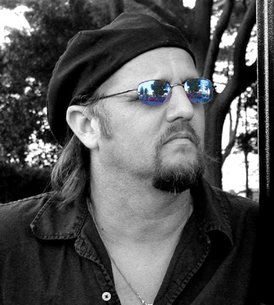 Jimmy LaFave left Oklahoma as a young man — just like one of his biggest heroes, Woody Guthrie — then lived an entire life continually inspired by the red dirt he left behind, haunted by his homestate histories, and consistently pressed into service as an ambassador for its culture. He didn’t seem to mind. “There’s something about that part of the earth that sticks with you,” he told the Tulsa World nearly 15 years ago. “I have to go back there from time to time to soak up some energy and inspiration. I plan to end up back there myself one day.” I don’t know if he’s ultimately ending up back in Oklahoma, but I’d always been convinced he never actually left. People think I don’t like Leon Russell, and nothing could be further from the truth.
It’s my own fault. On the way out the door as pop music critic for the Tulsa World newspaper back in 2002, I reviewed one of his shows and kinda let him have it.
In a welcome break from election trauma, the usual Trump v. Clinton opining across my social-media feeds has been balanced this week by a different argument: “It’s high time Bob Dylan won the Nobel” v. “It’s a travesty Bob Dylan won the Nobel.”
Even amid my curation of friends and followers — heavily weighted as each set is with fellow folks and folkies in the orbit of the Woody Guthrie Center and that same city's new Bob Dylan Archive — the split has been nearly half and half. Like the presidential polls, such overall ambivalence is surprising, particularly because this particular box of Pandora’s has been wide open for some time. What’s been especially astonishing to me, anyway, is the vehemence with which some fans — of literature, not necessarily of Bob — cling to an outmoded compartmentalization of mediated experience. My two most productive research interests seem quite different. My current dissertation project investigates the cultural histories and spatial embodiment of holograms and hologram simulations. In my copious free time (cough, sputter), I also maintain a course of study that began well before my grad-school adventure; as a journalist, both in Tulsa, Okla., and at the Chicago Sun-Times, I wrote a great deal about folksinger Woody Guthrie and the revival of his legacy within his home state, and now as a scholar I continue examining the ol' cuss and his peculiar communication strategies. One interest is old, analog, and sepia-toned; the other is shiny, digital, and futuristic.
But — as I explained in my presentation this weekend at the Woody Guthrie Symposium, hosted jointly by The University of Tulsa and the Woody Guthrie Center — there's actually a bit of Venn-diagram shade between the two. What interests me about these emerging "hologram" technologies, especially uses of the tech in pop-music performance contexts, is how the digitally projected characters achieve some semblance of believability, how their creators manage to craft a successful performing persona, and whether these simulations can claim something like Benjamin's "aura" or even Bazin's "fingerprint." This is not far removed, I'd say, from the process human performers go through in crafting their own performing personas — which is what I claim Woody did during his two years on L.A. radio beginning in 1937, as a direct result of his encounter with the new mass medium and its delayed feedback channels. Such is the basis of my paper on the subject, and my talk this weekend. No one, to my knowledge, yet has proposed that Woody be among the legions of dead musicians resurrected in hologram form. This sounds like both a terrific idea (he'd probably love it) and a dreadful idea. Who knows? 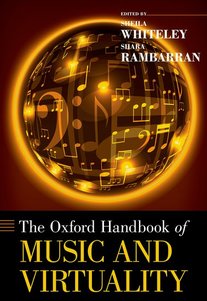 This month saw publication of The Oxford Handbook of Music & Virtuality, containing my chapter, "Hatsune Miku, 2.0Pac and Beyond: Rewinding and Fast-forwarding the Virtual Pop Star." In it, I survey a history of virtuality in pop music stars, from the Chipmunks and the Archies up to Gorillaz and Dethklok — many of the non-corporeal, animated characters that presaged current virtual pop stars like Hastune Miku and the Tupac resurrection. Reports of David Bowie’s death had been exaggerated since the turn of this century. Even before his 2004 collapse on stage at a music festival in Germany, which resulted in an emergency angioplasty to clear a blocked artery, his penchant for keeping to his adult self fueled more-than-occasional rumors about his earthly condition. The Flaming Lips went so far as to title a 2011 joint single with Neon Indian “Is David Bowie Dying?” When he finally popped up in 2013 to debut a new single, fans overlooked the song’s maudlin nostalgia out of simple relief that he was alive and working. Tony Visconti, meanwhile, kept assuring us, “He’s not dying any time soon, let me tell you.”
Would that it were true. How could Bowie die, anyway? Surely there was no messy mortal at the center of all that radiant expression of life. Surely he was just a manifest Foucaultian process, an anthropomorphized discursive object, never actually material. At most, should the time come, he’d simply act out his departure as depicted on “The Venture Brothers” — saying, “Gotta run, love,” changing into an eagle, and flying away. When the news arrived on Monday, reality bit. As Bowie sang in the title track to his “Reality” album, “Now my death is more than just a sad song.” I wasn’t even the biggest Bowie fan in the world, not by a long shot, yet it was hard to concentrate for the rest of the day. Bowie the fountainhead flows through so much of the cultural landscape; I am the biggest fan of many folks who wouldn't have had careers, wouldn't have had the courage, without the lifeblood of that flow. Watered by his life, droughted by his death. I sat in my campus office, trying to work while listening to “Blackstar,” and a creeping dread arrived: How am I going to explain Bowie to my students? And write the obit when you do
He never ran out when the spirits were low A nice guy as minor celebrities go — Scott Miller, “Together Now, Very Minor” I’ve been rightly accused of liking Beatlesque bands better than the actual Beatles. True, give me Big Star over the Fab Four any day. But given how rarely either band actually figures into my everyday universe, my dispositions are even one more generation removed. Truer, give me Scott Miller over Alex Chilton any other day. |
this blahg
I'm THOMAS CONNER, Ph.D. in Communication & STS, and a longtime culture journalist. Categories
All
Archives
June 2024
|

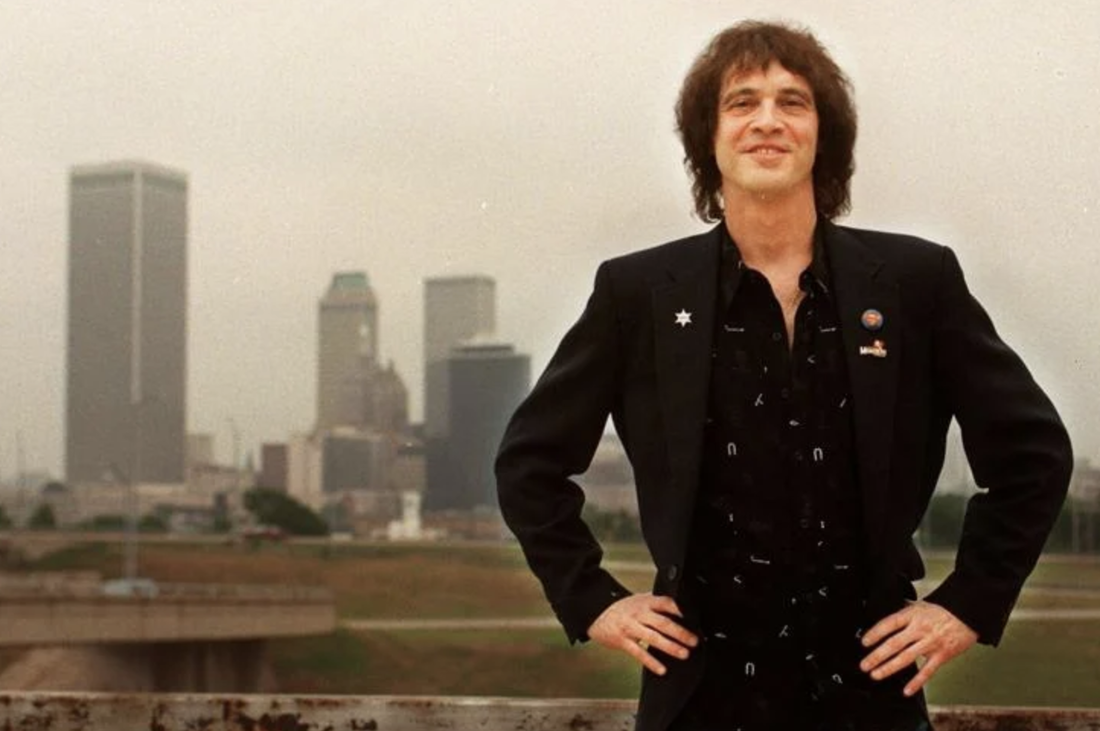
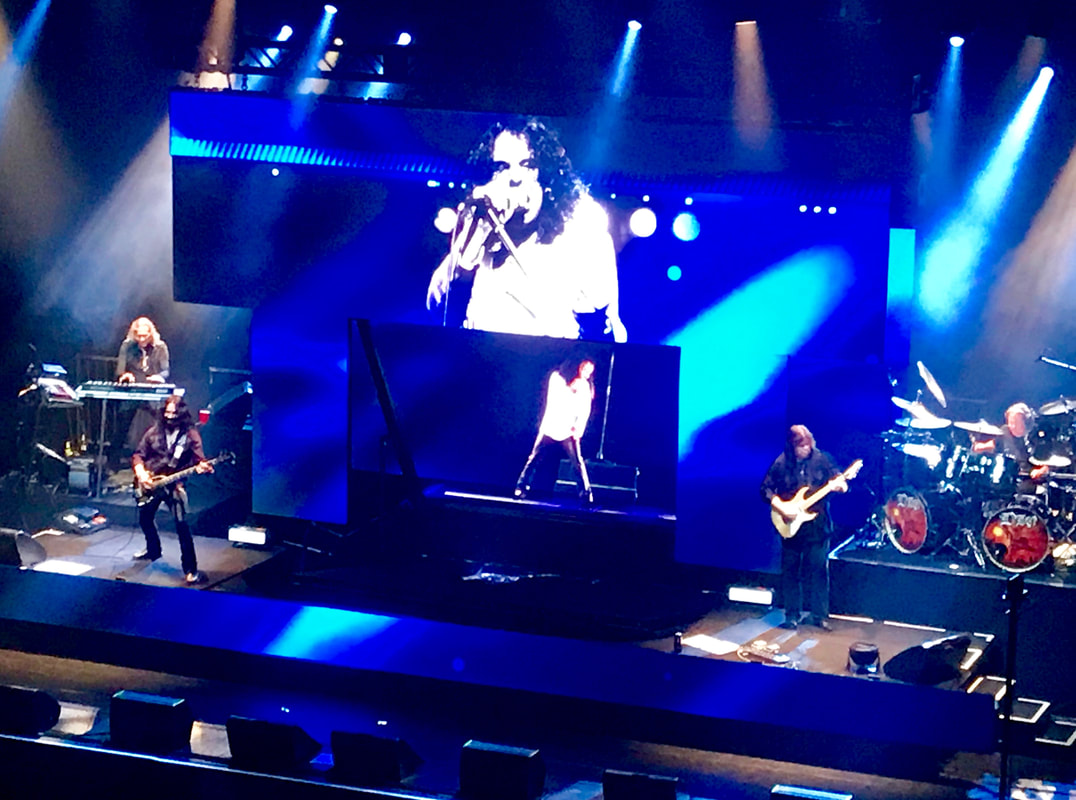
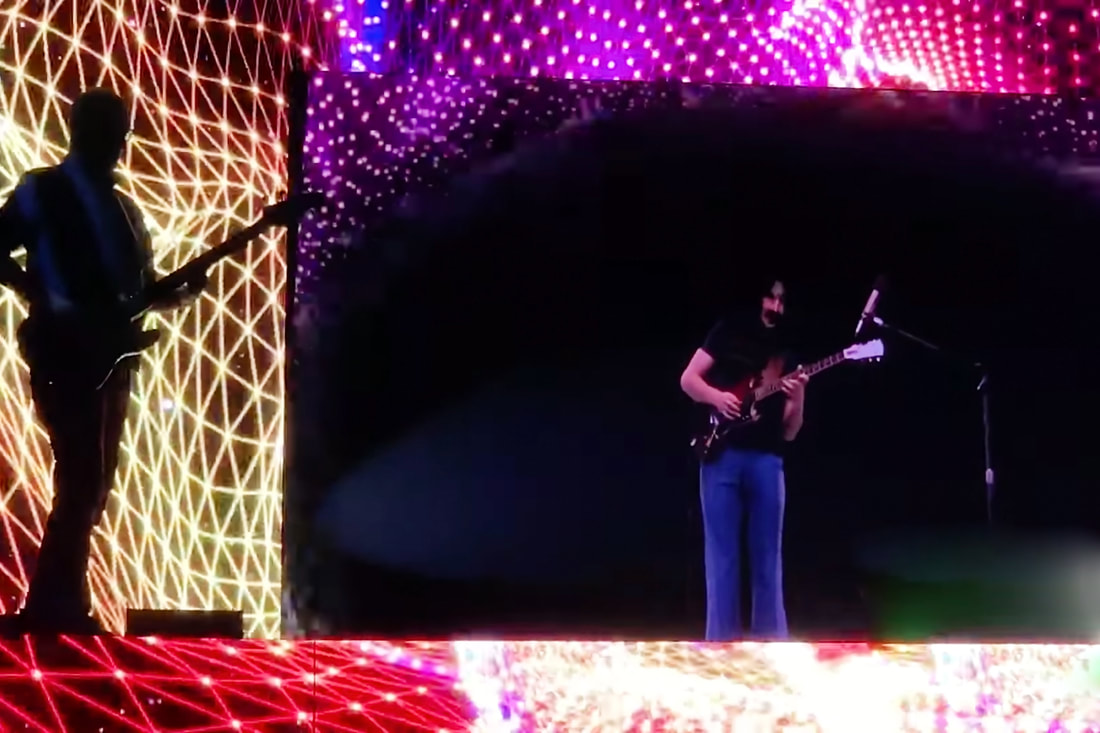
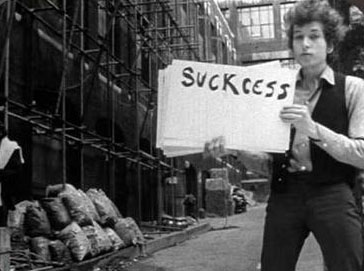
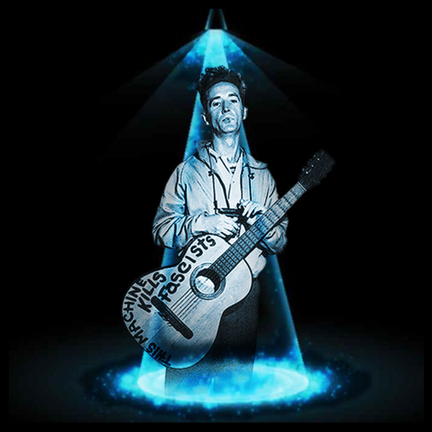
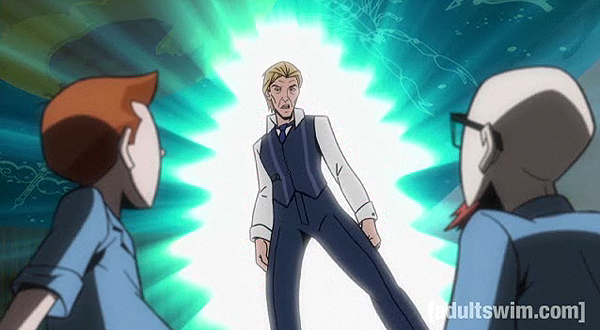
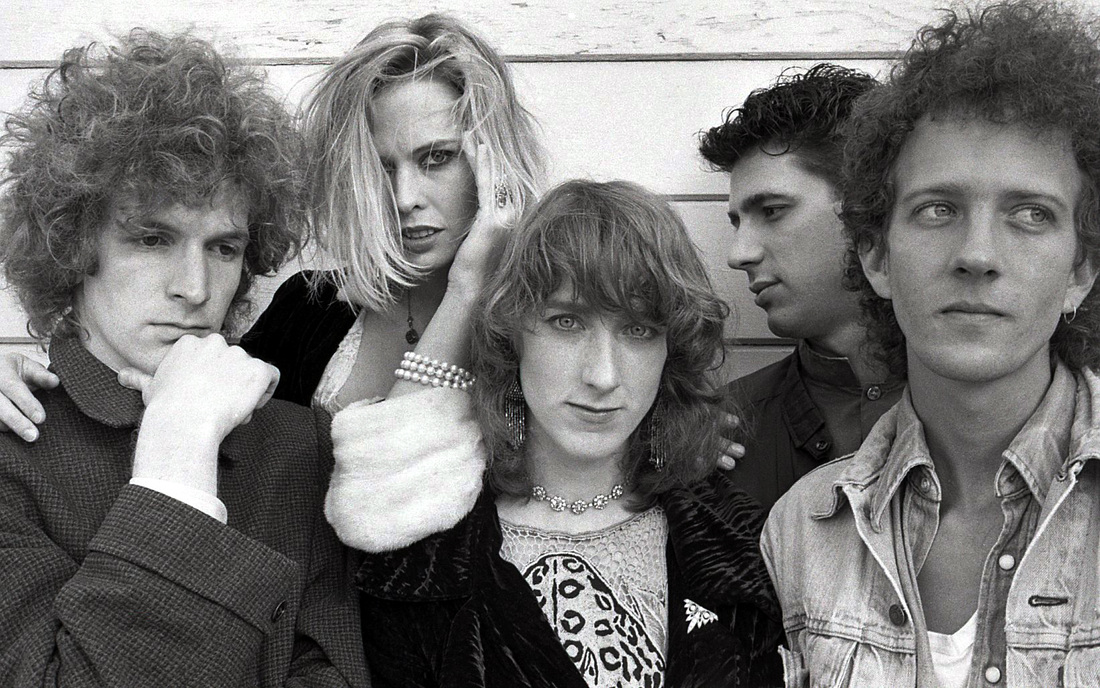

 RSS Feed
RSS Feed